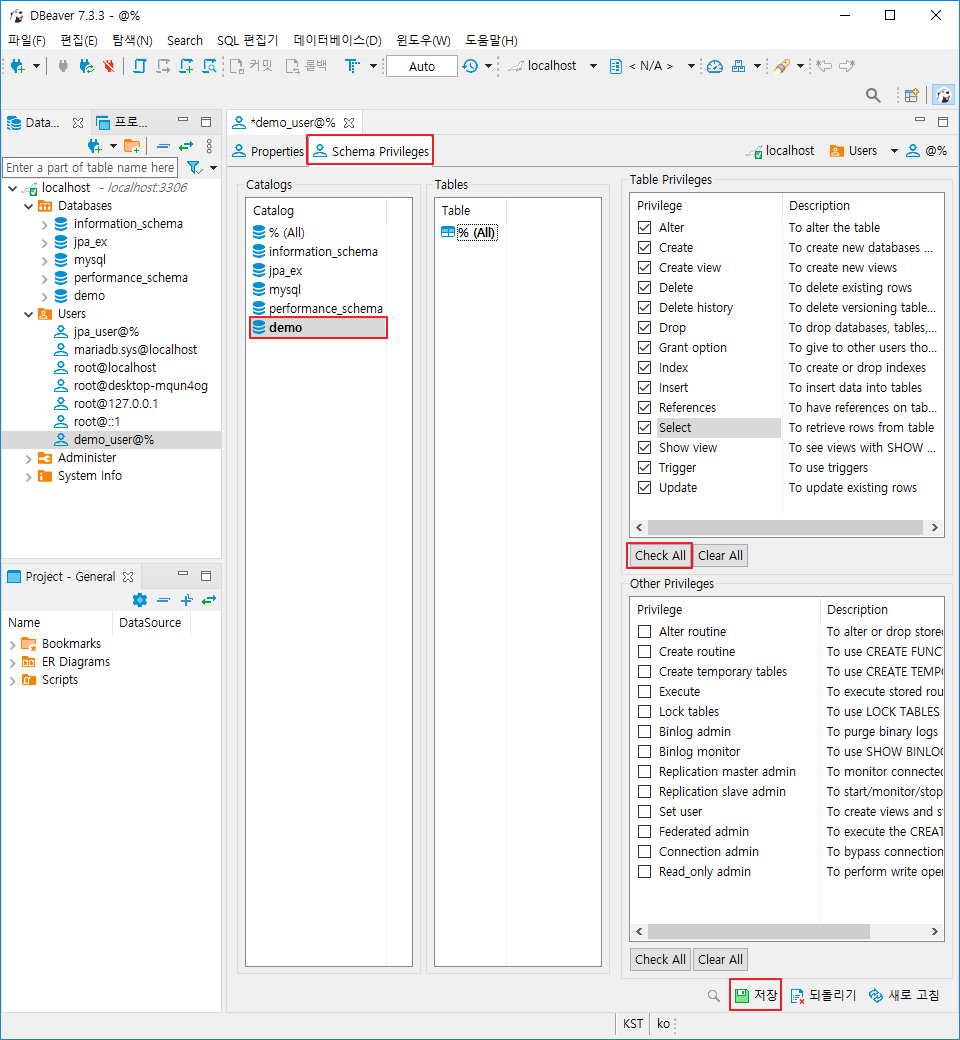

- #Dbeaver create new database install
- #Dbeaver create new database driver
- #Dbeaver create new database download
Otherwise the connection might take several minutes to complete while the resource starts. You should start your resource before trying to connect to it. (If Connect is disabled, you are already connected.) In DBeaver, in the Database Navigator window, right-click the connection that you want to use. Use DBeaver to access data objects in your Azure Databricks workspace such as tables and table properties, views, indexes, data types, and other data object types. Step 4: Use DBeaver to browse data objects Repeat the instructions in this step for each resource that you want DBeaver to access. For Connection name, replace Databricks with a different name for the connection.In the Connection configuration dialog box, click General.Right-click Databricks, and then click Edit Connection.

To change the connection’s name to make it easier to identify: In the Database Navigator window, a Databricks entry is displayed. In the Connect to a database dialog box, click Finish. If the connection succeeds, in the Connection Test dialog box, click OK. Otherwise the test might take several minutes to complete while the resource starts. You should start your Azure Databricks resource before testing your connection. The JDBC URL should look similar to this one: In the Connect to a database dialog box, on the All tab, click Databricks, and then click Next.Ĭlick the Main tab and enter a value in the JDBC URL field for your Azure Databricks resource: Clusterįind the JDBC URL field value on the JDBC/ODBC tab within the Advanced Options area for your cluster. In DBeaver, click Database > New Database Connection. Use DBeaver to connect to the cluster or SQL warehouse to access the databases in your Azure Databricks workspace. Step 3: Connect DBeaver to your Azure Databricks databases
#Dbeaver create new database driver
In the Driver Manager dialog box, click Close.On the Settings tab, for Class Name, enter .Driver.On the Settings tab, for Driver Name, enter Databricks.In the Driver class list, confirm that .Driver is selected.Browse to the DatabricksJDBC42.jar file that you extracted earlier and click Open.In the Create new driver dialog box, click the Libraries tab.In the Driver Manager dialog box, click New.If you are prompted to connect to or select a database, click Cancel.

If you are prompted to create a new database, click No.Set up DBeaver with information about the Databricks JDBC Driver that you downloaded earlier. Step 2: Configure the Databricks JDBC Driver for DBeaver
#Dbeaver create new database download
A Windows installer is also available from the Download page on the DBeaver website.
#Dbeaver create new database install


 0 kommentar(er)
0 kommentar(er)
